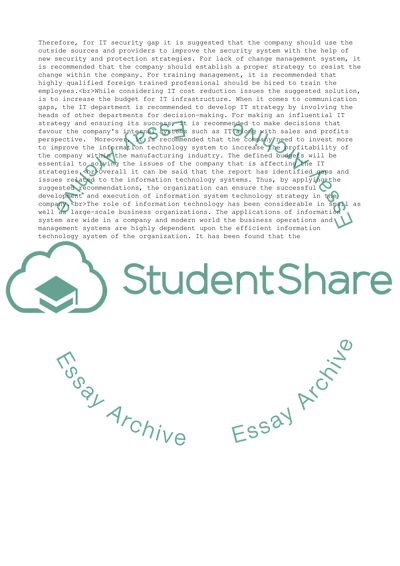Cite this document
(Managing Financial and Information Resources Coursework, n.d.)
Managing Financial and Information Resources Coursework. https://studentshare.org/information-technology/1855945-managing-financial-and-information-resources
Managing Financial and Information Resources Coursework. https://studentshare.org/information-technology/1855945-managing-financial-and-information-resources
(Managing Financial and Information Resources Coursework)
Managing Financial and Information Resources Coursework. https://studentshare.org/information-technology/1855945-managing-financial-and-information-resources.
Managing Financial and Information Resources Coursework. https://studentshare.org/information-technology/1855945-managing-financial-and-information-resources.
“Managing Financial and Information Resources Coursework”. https://studentshare.org/information-technology/1855945-managing-financial-and-information-resources.


